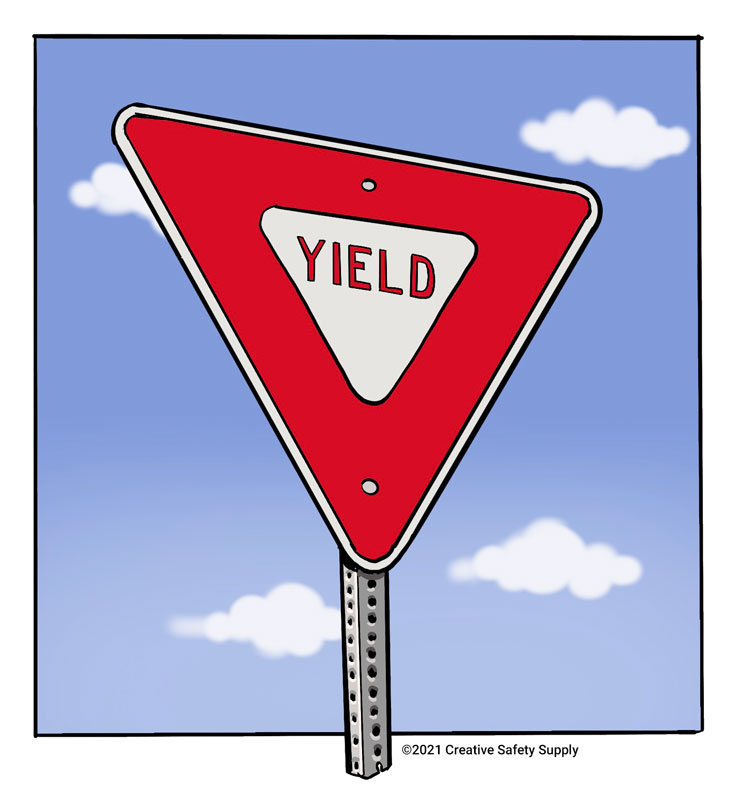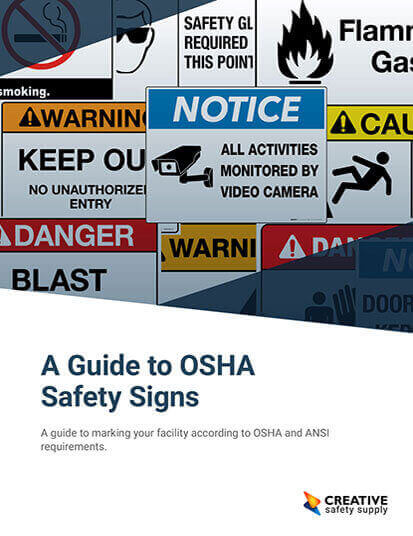
A yield sign is most commonly used on roadways and other areas where there is vehicle traffic. The sign is intended to alert drivers and pedestrians that they need to yield the right-of-way to another party. These road signs will typically be found at an intersection where there is not a huge amount of traffic at any given time. According to most traffic laws in the US, road users who approach a yield sign need to slow down, check to see if there is any traffic coming on the cross-street, and then proceed. There is generally no need to stop unless there is another vehicle approaching.
The Difference Between Yield Sign & Yellow Light
 A yield sign is often compared to a yellow traffic light, but that is actually an inaccurate comparison. The yellow traffic light indicates that the light is about to turn red, and so approaching vehicles either need to stop completely, or quickly proceed through the intersection. Even a flashing yellow light generally means that the oncoming traffic has the right-of-way, and it is the opposing traffic that needs to yield the right-of-way.
A yield sign is often compared to a yellow traffic light, but that is actually an inaccurate comparison. The yellow traffic light indicates that the light is about to turn red, and so approaching vehicles either need to stop completely, or quickly proceed through the intersection. Even a flashing yellow light generally means that the oncoming traffic has the right-of-way, and it is the opposing traffic that needs to yield the right-of-way.
Appearance of a Yield Sign
In the United States, a yield sign will always be a triangle, with one point facing down. The triangle will have a red outline around the outside, and a white center. In many cases, the word YIELD will be written in black against the white background. This design has changed over the years, with yellow yield signs being the highway standard up until the 1970s.
Yield Signs in Work Facilities
In many workplaces there will also be yield signs to let people know that they need to watch out for potential dangers. These signs are typically intended to provide instructions to the drivers of high-lows, forklifts, and other equipment. In many cases, these vehicles will be traveling in areas where pedestrians are crossing, and it is best to have the vehicles yield the right-of-way. This can help ensure both parties are safe.
Yield Signs & the Law
Drivers are required by state law to obey all traffic control devices, including yield signs. Negligence to yield the right-of-way as required by a yield sign can result in a number of expenses, not to mention damages and life-threatening accidents.
Similar Questions
- What color is a yield sign?
- Do you have to stop at a Yield Sign?
- What does a Yield Sign mean?
- What do black and white traffic signs mean?
- What is the shape of a Yield Sign?
- Where do Yield Signs go?
- What are different road or traffic control safety signs?
- Are safety signs just for the wall?
- What foes MUTCD stand for?


